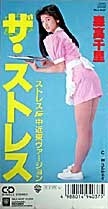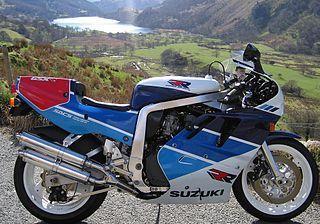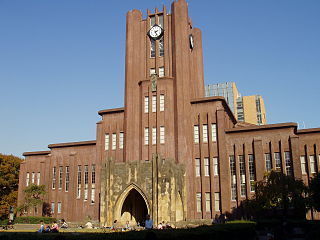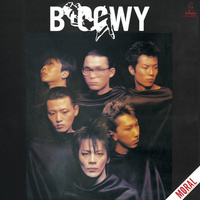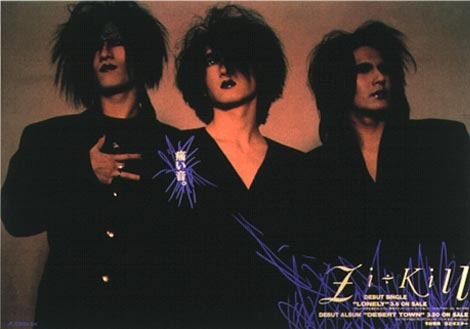What do you think?
Rate this book


304 pages, Paperback
First published January 1, 1995
[Tats] wanted to tell them all about the Shonan Run, about the tear gas and methampetamine and newspaper reports...and--he suddenly remembered Yamada, riding out of the rising sun on his motorcycle, and shivered. He didn't want to think about Yamada. He didn't want to think about the pistol. Instead, he yawned as some pimple-faced punk talked at length about his new Yoshimura header pipes.
He looked her over. 'Oh fvck it, who cares. Hey do you want a trip?"
She didn't understand.
"A trip, some Ecstasy."
She knew that word. She had heard about this wonderful drug called Ecstasy that was supposed to make you feel happy or joyful. She scanned the room. So that's what everyone was doing.
[...]
He also told her he was from somewhere called South Yarra in Melbourne. Handsome, charming, and he would be back in Australia in a few months. Australia with its Statue of Liberty holding up a flashlight.
The south entrance of Ueno Park was a wide, granite stairwell whose sweep and epic scale was similar to the steps of the Lincoln Memorial in Washington, D.C. But the grandstairway had lately come to resemble a Middle Eastern bazaar. At open-air stalls mustachioed Iranians grilled shish kebabs and round flat, floury loaves of bread.
